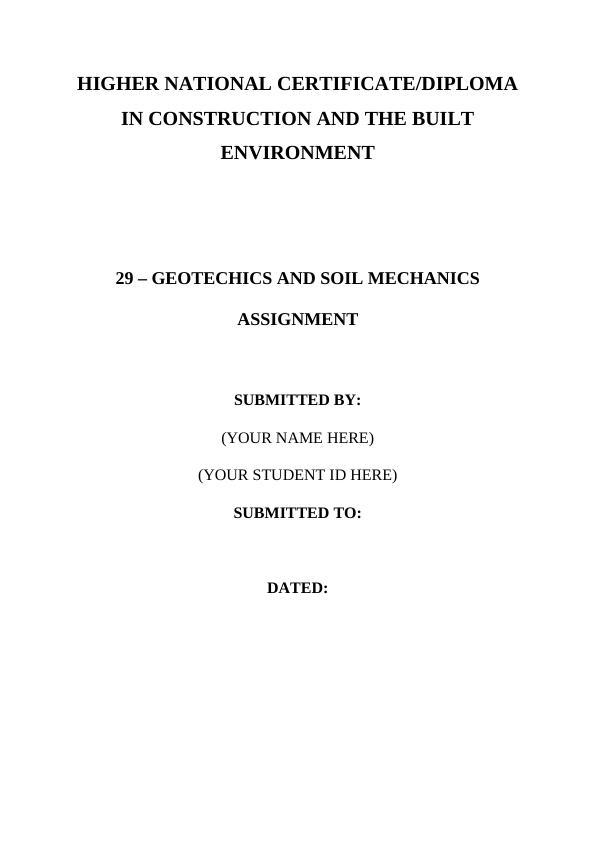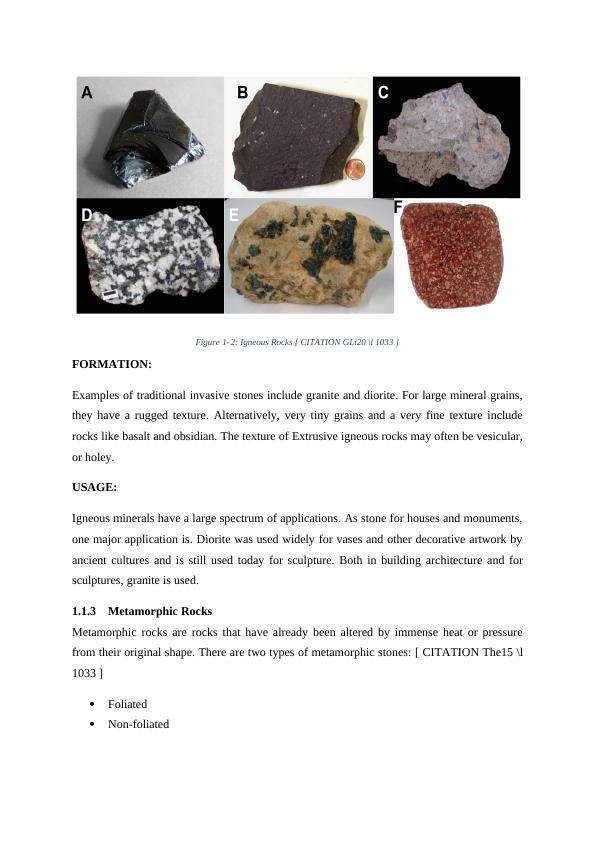Ask a question from expert
(PDF) The Role of the Built Environment in Human Life
14 Pages3169 Words274 Views
Added on 2021-03-16
(PDF) The Role of the Built Environment in Human Life
Added on 2021-03-16
BookmarkShareRelated Documents
End of preview
Want to access all the pages? Upload your documents or become a member.
GET BLOOD OUT OF/FROM A STONE
|6
|783
|16
Evidence for Geology - The Mohenjo-Daro
|18
|549
|54
Volcanoes and Igneous Rocks: Formation, Characteristics, and Classification
|10
|1181
|444
Engineering Geology & Soil Mechanics
|20
|3897
|286
Engineering Geology and Soil Mechanics
|40
|12137
|97
Classification of aggregates and soil chemistry Contents
|17
|4096
|56



